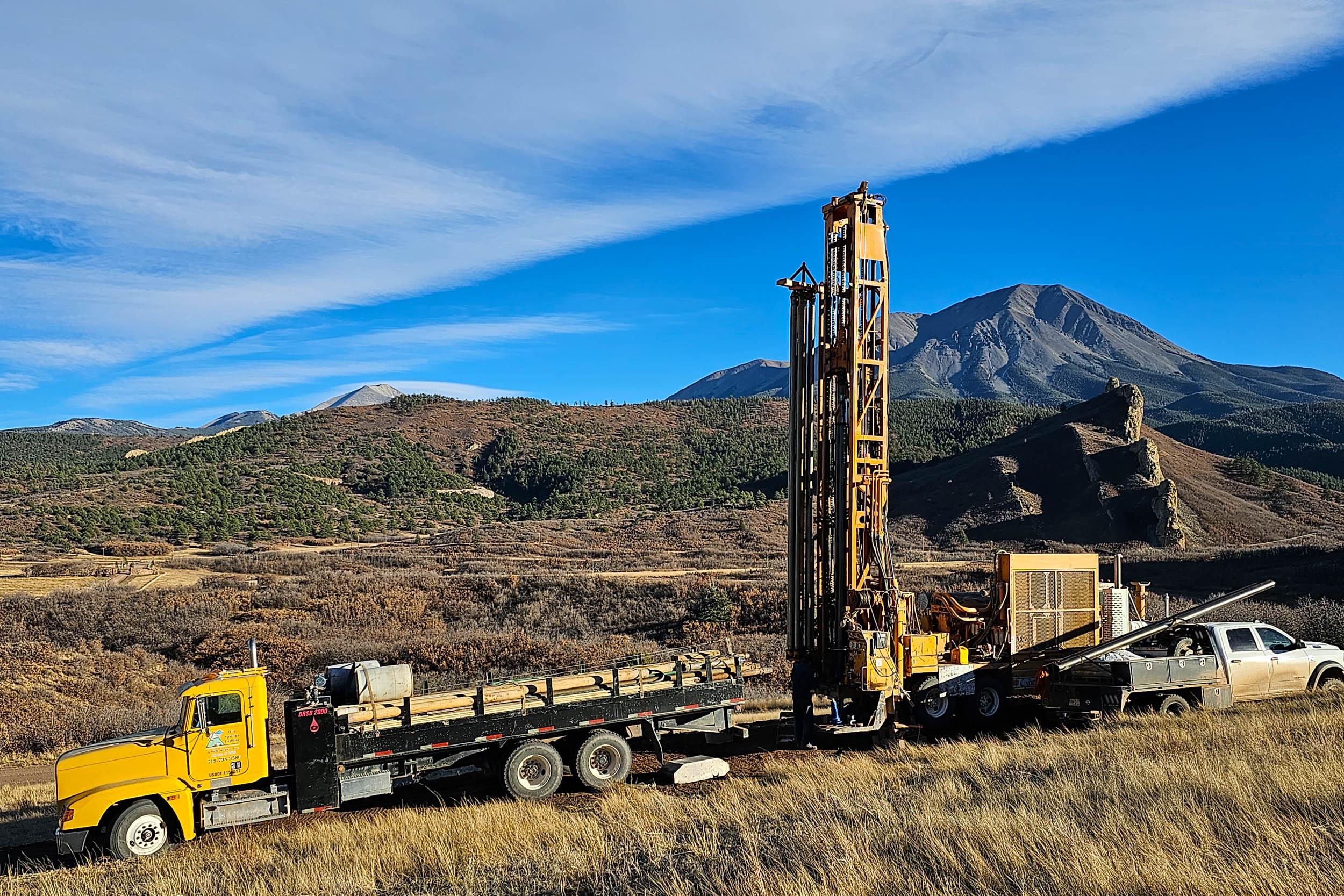The Trump administration has released plans to lift or alter habitat protections for the greater sage grouse across millions of acres of Western land.
The long-anticipated proposals, released Thursday by the Bureau of Land Management, would revise a sweeping conservation effort made under the Obama administration, allowing for more development in the chicken-sized bird's vast habitat.
The Interior Department says the changes are being made to enhance cooperation with Western states, some of which were critical of the Obama-era plans, and that protections for the bird will remain intact.
"I completely believe that these plans are leaning forward on the conservation of sage grouse," Interior Deputy Secretary David Bernhardt told The Associated Press. "Do they do it in exactly the same way, no? We made some change in the plans and got rid of some things that are simply not necessary."
Conservation and wildlife groups argue that the changes could further endanger the imperiled bird and other species in the seemingly desolate habitat it calls home.
Greater sage grouse live in 11 Western states, from North Dakota to California, in the sagebrush steppe. Scientists consider the charismatic bird, famous for its strange mating dance, to be an "indicator" species - the canary in the coal mine, so to speak - for the larger ecosystem's health.
For decades, the population and range of greater sage grouse has declined as human development like oil and gas drilling expanded in those areas.
The U.S. Fish and Wildlife Service determined in 2010 that the greater sage grouse warranted protections under the Endangered Species Act (ESA), a move that was projected to cause $5.6 billion in lost economic output.
That spurred a multi-year conservation effort by a broad coalition of interest groups, ranging from government agencies, to energy producers and environmental groups, aimed at keeping the bird off of the endangered species list by putting adequate protections in place.
The effort succeeded. In 2015, Obama's Interior Department announced that the bird did not need protections under the ESA. The effort was lauded as an example of how 21st century conservation should work.
But not everyone was happy. Some environmental groups sued the Obama administration, arguing sage grouse needed further protections. A handful of states and energy developers did the same, arguing the protections were too restrictive.
Last year, the Trump administration announced a review of the Obama-era plans, saying that it wanted to take into account local economic growth and job creation. The move was viewed as part of the administration's larger "America First" energy plan, which aimed to boost oil and gas production on public lands.
The proposed changes would allow for just that, reducing the area of land identified as critical habitat for the bird by roughly 9 million acres. It also gives states more "flexibility" in determining what sort of development to allow near sage grouse habitat.
"This is a stark transition from the heavy-handed 'one size fits all' federal approach of the Obama Administration," House Natural Resources Committee Chairman Rob Bishop (R-Utah) said in a statement.
The revisions, expected to be finalized next year, are likely to be challenged by wildlife groups.
"These plans show that Zinke will stop at nothing to make it easier for polluting industries to mine and frack every last acre of the West," says Michael Saul, a senior attorney at the Center for Biological Diversity, in a statement. "This is a huge step backward for greater sage grouse and for hundreds of other species that depend on unspoiled public land."
9(MDEyMDcxNjYwMDEzNzc2MTQzNDNiY2I3ZA004))








